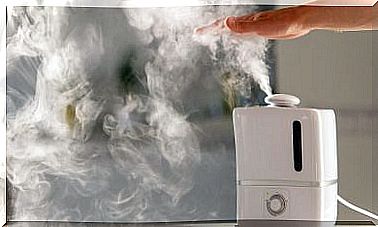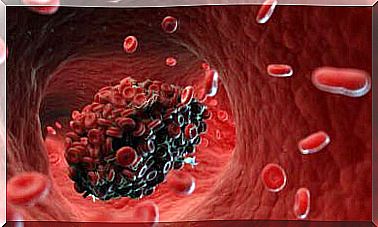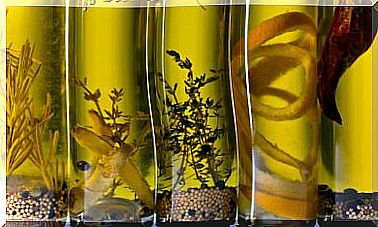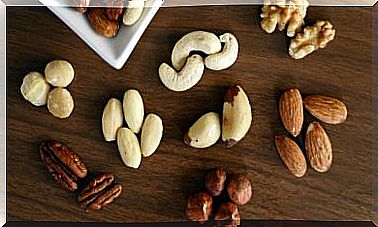The Best Homemade Peels
Peeling is an exfoliation of the outer layer of the skin that we perform to remove dead cells that accumulate and leave a dull appearance. In fact, every day we lose more than 30,000 dead skin cells.
Here are some recipes for you to prepare the best homemade, original, aromatic, natural and very effective peelings.
Benefits of getting peels
- We will help prevent and eliminate stains
- We will achieve a natural glow to the skin
- We will improve the appearance of new cells
- We will activate the formation of collagen
- We will improve blood flow
- We will help prevent wrinkles and sagging
- We will soften the skin
- We will allow the skin to cleanse itself of toxins and oxygenate
How is a peel applied?
We will apply a little of the peeling in the area previously washed and without drying and we will massage gently in circles, covering the entire area to be treated and avoiding sensitive parts such as the eye contour. If we do the peeling on the thighs or buttocks, etc., we can press a little harder until we notice that the circulation is activated. Let the ingredients act for one or two minutes and wash with water. The skin will remain hydrated by the use of the oils that we have added to the recipes, but if we have dry skin we recommend hydrating it again.
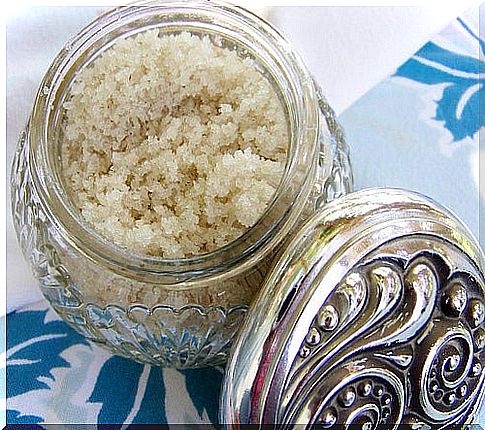
How often can we apply them?
We must not abuse peels, since we must respect the natural processes of cell regeneration. For them we recommend doing one a week or every two weeks.
Peeling for dry skin
Dry skin must be exfoliated very gently and only every fifteen days. That is why the recipe that we have prepared is based on sodium bicarbonate, since it has a very fine texture and also has an alkalizing function, ideal for the skin and sensitive areas.
We will mix baking soda with olive oil until it is well mixed, that the bicarbonate appears well tinted by the oil.
In the case of mature skin, we recommend adding a few drops of rosehip oil or geranium essential oil. Both help to regenerate the skin in greater depth.
Peeling for combination skin
Combination skin presents the complication of having oily areas and dry areas, so the peeling will also be quite soft. What we will do is focus a little more on exfoliating the fatty areas, which are generally the T zone (forehead, nose, chin).
We will also use bicarbonate, but in this case we will mix it with a less fatty oil such as almond or sesame oil.
In addition, we will add the zest of the skin of an orange, preferably organic, which will give it a delicious aroma and provide us with an even more therapeutic peeling.
Peeling for oily skin
Oily skin requires a weekly peeling so that we can clean it thoroughly. In this case we will use sugar as a base , which is a little thicker than bicarbonate, and we will mix it with aloe vera gel, natural or commercial. We will also add the grated peel of a lemon and, if we have, a few drops of lemon essential oil.
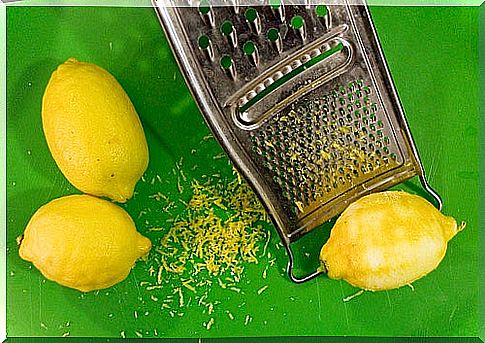
Peeling for skin with acne
Skin with acne must be treated delicately, since acne is small inflammation, but it should also be cleaned regularly to help remove impurities.
We will use the baking soda mixed with aloe vera gel, a few drops of coconut oil and a few drops of essential oil of tea tree or palmrose.
Peeling for the body
The skin of the body is much less sensitive than that of the complexion, and we are interested in a deeper peeling to improve circulation in areas such as the thighs, abdomen, buttocks or arms. That is why we will use coarse salt as a base , which is ideal for massaging the body and at the same time fighting circulation problems, cellulite, stretch marks, etc.
We will mix it with coconut oil and, optionally, with rosemary essential oil, which will help us to further activate circulation.




